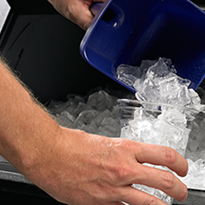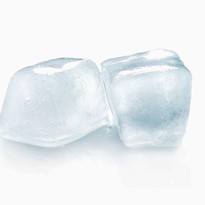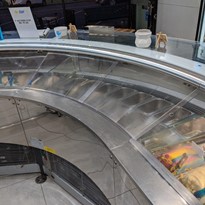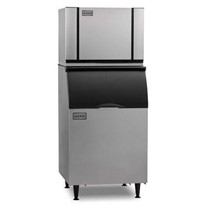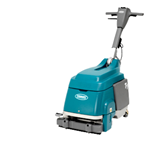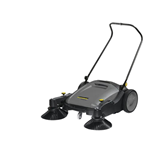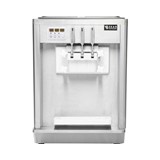Ice from a commercial ice maker is clear and the cubes have a standardised shape that presents well – but do you know how the machines actually work? We’ve put together a little explainer for people who want to understand the science and technology behind our great products.
Cold, metal, water
There isn’t just one way to configure an ice machine, but they will all have three essential components – a cooling system, a water supply, and some way of forming cubes, usually a metal tray.
The standard system
In the most commonly used ice machine system, a metal ice tray is connected to a set of coiled heat-exchanging pipes similar to those on your fridge. The secret to making the ice involves a compressor that drives a stream of refrigerant fluid through a cycle of condensation and expansion.
The refrigerant is pushed through a narrow tube where it is condensed. It is then released into a wider tube to expand.
Making the ice
When the refrigerant is compressed it heats up. It is then pumped through a condenser where it loses much of its heat and condenses into a liquid. When this liquid reaches the expansion valve it quickly evaporates into a gas and cools even more. This causes the temperature in the pipes and the metal tray to drop quickly.
Next, water from the pump is poured slowly over the frigid metal tray where it gradually freezes and creates ice cubes. Because the water freezes layer by layer, the cubes created are beautifully clear rather than cloudy.
Releasing the ice cubes
Once the ice cubes are ready, the path of the refrigerant is changed by the triggering of a solenoid valve. Now, instead of flowing through the condenser pipes and cooling, the hot air from the compressor is forced through a wider bypass tube where it doesn’t lose temperature or condense.
When this hot gas hits the evaporator pipes they heat up rapidly, along with the ice tray, which melts them slightly and loosens them from the tray.
Collecting the ice
Once the ice is created it still needs to get from the tray to the collection bin below. The solution for this is very simple – the ice tray is engineered with a slight slant. When the ice is created it sticks to the cold metallic surface but as soon as it is loosened by the heat, gravity takes over and it slides easily out of the tray.
We all know how ice can sometimes stick, though; so many systems also have a cylinder piston that gives the tray a little nudge, to make sure all the cubes come free.



















